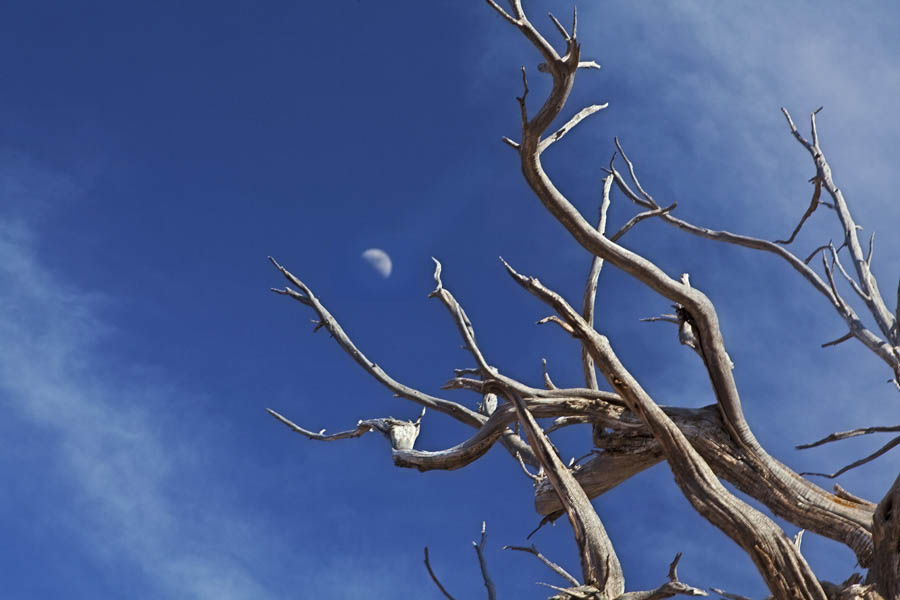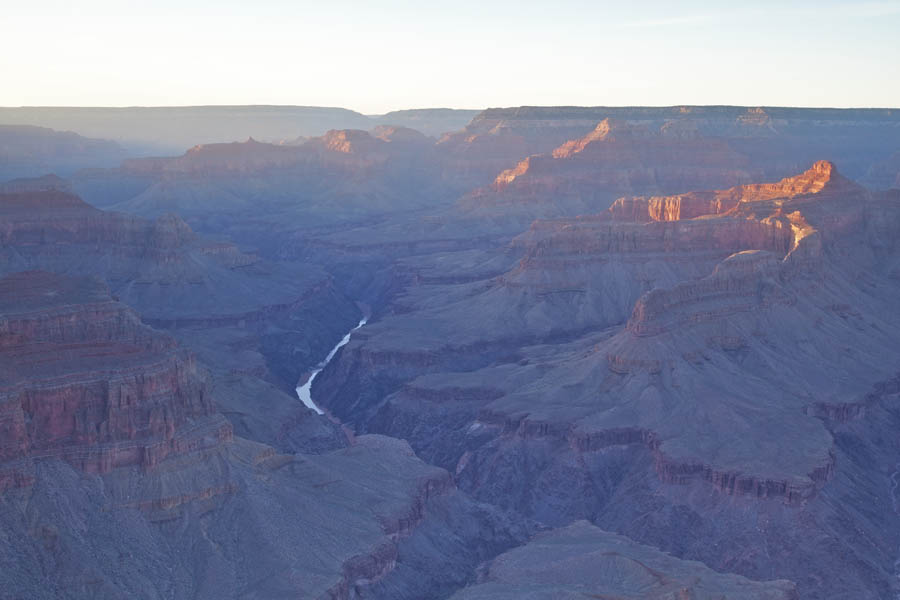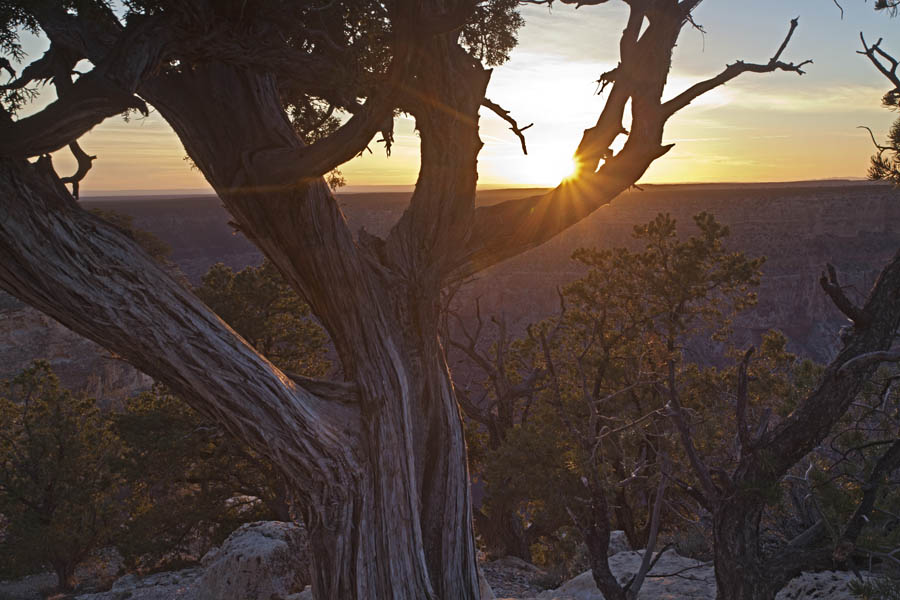I recently accompanied some visitors on a visit to the Grand Canyon, about 3-1/2 hours drive from our house in Scottsdale, AZ. The Grand Canyon is a “must see” for anyone who hasn’t seen it before, truly a natural wonder of the world.
We brought along an arsenal of cameras, video recorders and iPhones armed to record our visit from every imaginable perspective. The first perspective was an aerial one, a 50 minute helicopter flight over parts of the canyon. In addition to our photographic artillery, the chopper was equipped with a video camera which recorded the flight as well.
The Grand Canyon is an overwhelming challenge for photographers. Its vast expanse defies a compelling desire to try to get it all into one shot. On the other hand, focusing on specific features leaves you with the feeling you haven’t really captured the sense of immensity. I don’t know if a photograph or video can ever really convey the sensation of seeing it in with one’s own eyes. We did what is probably the best thing you can do, the helicopter flight. I begin this post with a slideshow of a very few of the pictures I took from the air. Click right to advance, left to back up.
Our trip covered about 90 miles or 144 km. Departing from the Tsuyan airport, we soon cleared the canyon’s brim, looking straight down to the bottom, 5000 ft. (1524 m) below. The Grand Canyon is 277 miles (446 km) in length and varies between 10 and 18 miles (16-29 km) in width. That’s an area of 1904 square miles (4931 sq. km.). It’s depth varies between 5000 and 6000 ft. (1524-1828 m). So, our flight covered a very small portion of the canyon’s area but sufficient to get a good sense of it’s size and nature.
My next photograph features an old Pinon Pine tree that caught my attention. It’s backgrounded by the brilliant blue, late afternoon sky and you can see the moon through the tree’s branches.

A little later, I captured this next picture of the last rays of the setting sun striking the canyon. With the sun low in the sky and so many prominent features creating shadows, it is challenging to get a picture. The biggest difficulty is getting good contrast to define the features in the shadowed areas. In this case, it worked out reasonably well. What caught my attention were the few, brightly illuminated peaks emerging from the darkness.

We ended our day, fittingly as the sun dipped below the horizon at Pima Point. I captured this last picture, featuring another Pinon Pine that was perched on the edge of the canyon just before the sun disappeared.

The following day we continued our trip further north and east, visiting Antelope Canyon, Horseshoe Bend and the Painted Desert. I’ll follow this post with some more featuring these locations.

